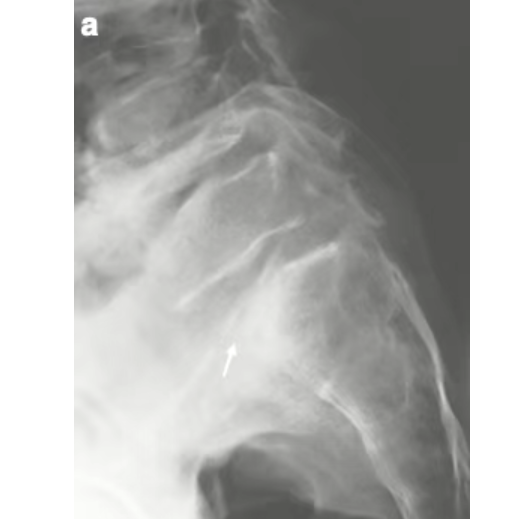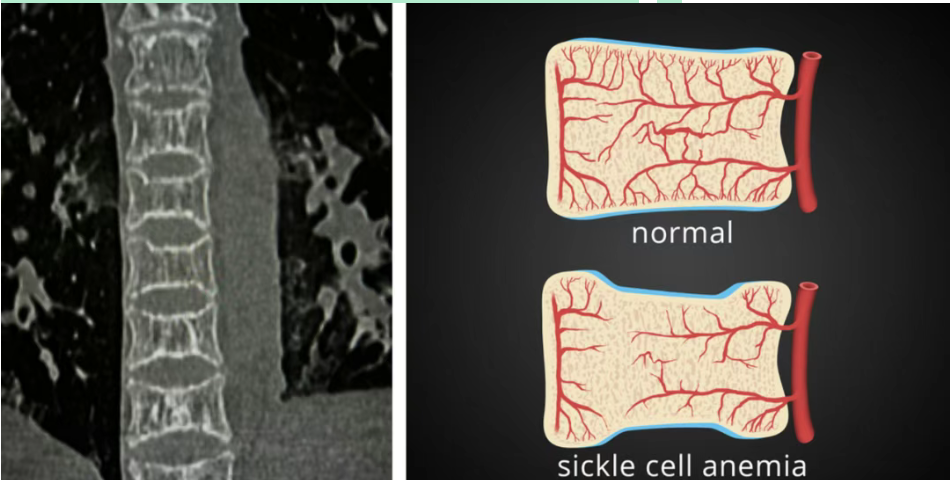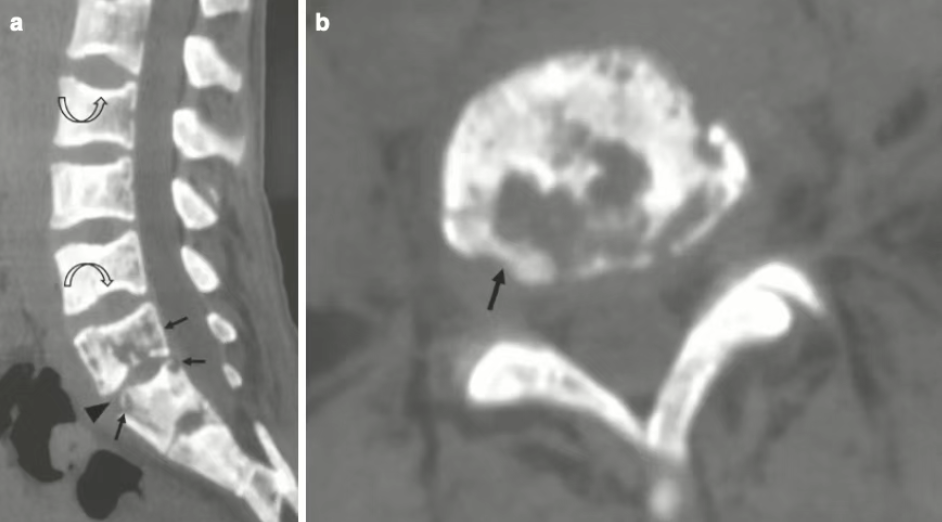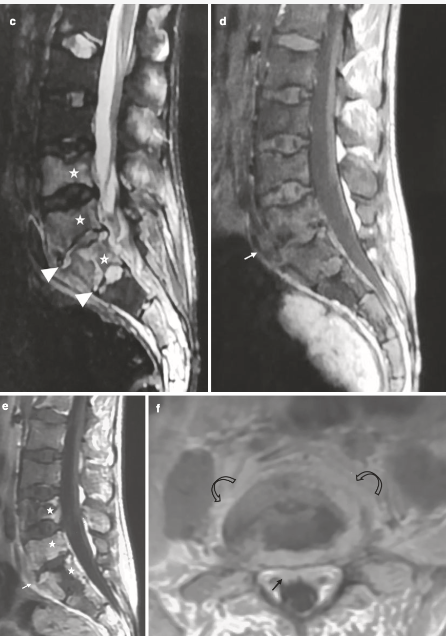Spinal Infections | Salmonella Infections of the Spinal Column
1
X-ray
Bone imaging cannot distinguish between Salmonella infection and infection caused by other pathogens. The necessary conditions for diagnosis are bacterial isolation experiments and drug sensitivity tests to provide appropriate antibiotic treatment. Blood culture and aspiration or biopsy specimen culture are the two main methods for isolating pathogens. The positive rates of specimen culture, blood culture, stool culture and urine culture are 93%, 54%, 7/15 and 3/10 respectively. The Widal test is a serum agglutination test used to detect typhoid and paratyphoid infections. It indirectly determines whether the patient is infected with Salmonella by detecting the presence of antibodies against Salmonella O antigen and H antigen in the patient's serum. Spinal Salmonella infection is often in the late stage of the disease, so the Widal test is often positive.

2
CT
Sickle cell disease is a group of autosomal recessive hemolytic anemias caused by mutations in the β-globin gene. Its orthopedic manifestations include femoral head necrosis and vertebral ischemic necrosis, forming fish vertebra sign.

Salmonella spondylitis in patients with sickle cell disease

Endplate erosion and vertebral destruction. In the general population, salmonella infection of bone is rare, but it is the leading pathogen in sickle cell disease, even surpassing Staphylococcus aureus. In this case, H-shaped changes in the vertebral body (fish vertebra sign) can be seen.
3
MRI
Enhanced MRI can show the extent of the infection.


 English
English عربى
عربى Español
Español







